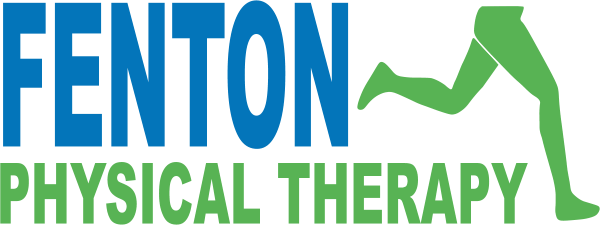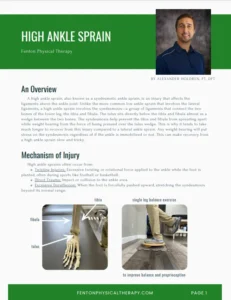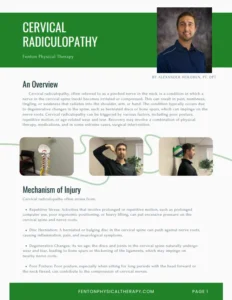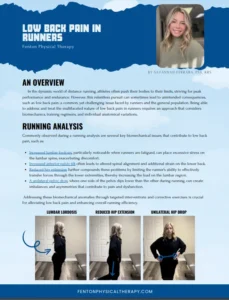An Overview
Medial epicondylitis, commonly known as golfer’s elbow, is a condition characterized by inflammation and irritation of the tendons that attach to the medial epicondyle of the elbow. This condition occurs when repetitive motions or overuse cause stress on the forearm muscles and tendons,
leading to pain, tenderness, and sometimes weakness in the inner part of the elbow, forearm, and wrist. Medial epicondylitis is often caused by activities that involve repetitive gripping, twisting, or flexing of the wrist. Treatment typically includes rest, physical therapy, medications, and in more severe cases, surgical intervention.
Mechanism of Injury
Medial epicondylitis often develops from:
- Repetitive Stress: Activities that involve repetitive gripping, throwing, or swinging motions, such as playing golf, tennis, or lifting, can cause microtears in the tendons at the elbow, leading to inflammation and pain.
- Overuse: Repeatedly performing tasks that require excessive wrist flexion, such as certain manual labor jobs, can strain the muscles and tendons on the inside of the elbow.
- Poor Technique: Incorrect form during activities such as weightlifting, sports, or manual work can place undue stress on the tendons, contributing to injury.
Aging: As we age, the tendons naturally lose flexibility and elasticity, making them more prone to injury, particularly from repetitive motions.
Recovery Timeline
- (1-2 Weeks): The focus is on managing inflammation and pain. Rest, ice, and non-steroidal antiinflammatory drugs (NSAIDs) are commonly used during this stage. Avoiding activities that exacerbate symptoms, such as heavy lifting or repetitive gripping, is critical.
- (2-6 Weeks): Gentle stretching and strengthening exercises for the forearm and elbow are gradually introduced. A physical therapist will help improve flexibility, reduce muscle tightness, and alleviate pressure on the tendons.
- (6-12 Weeks): The emphasis shifts to more advanced strengthening exercises aimed at increasing endurance in the forearm muscles and improving overall elbow function. Adjustments to technique during activities, such as sports or work, may also be recommended.
- (12 Weeks +): Most individuals experience significant relief from symptoms, though the recovery timeline can vary depending on the severity of the condition and the commitment to rehabilitation. In severe cases, more invasive treatments like corticosteroid injections or surgery may be necessary.
What to Expect in a Physical Therapy Session
- History and Evaluation: Discussion of symptoms, activities, and any factors contributing to the development of medial epicondylitis.
- Physical Examination: Assessment of elbow range of motion, strength, and any neurological signs (such as nerve involvement).
- Modalities: Ice or heat therapy may be used to reduce pain and swelling around the elbow joint.
- Gentle Stretching: Focused on increasing flexibility in the forearm muscles to reduce tension on the tendons.
- Strengthening Exercises: Targeting the forearm and elbow muscles to improve strength and prevent future strain or injury.
- Postural and Biomechanical Education: Guidance on improving posture and body mechanics, especially during activities that involve repetitive gripping or wrist flexion, such as sports or lifting.
- Activity Modification: Recommendations for modifying activities, including using proper ergonomic tools or adjusting techniques to prevent additional stress on the elbow.
- Injury Prevention: Teaching techniques to avoid recurrence, including proper warm-up routines, stretching, and strengthening exercises to build resilience in the forearm muscles.
Summary
Medial epicondylitis can be a painful condition, but with appropriate care and a structured rehabilitation program, most individuals experience significant improvement. Physical therapy plays a vital role in addressing the underlying causes of the condition, such as muscle imbalances, overuse, and poor technique. A comprehensive approach involving rest, stretching, strengthening, and postural correction is essential for a full recovery and long-term prevention of further injury.



